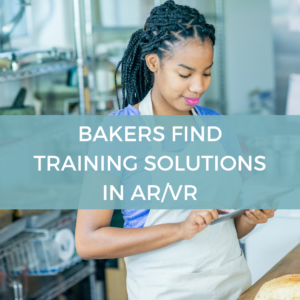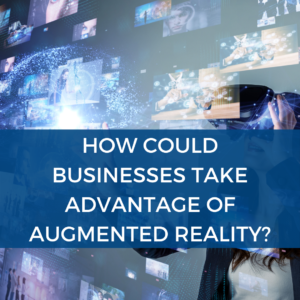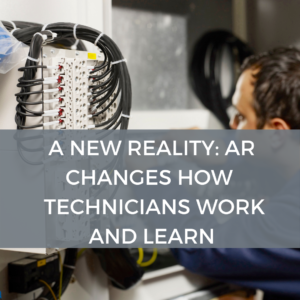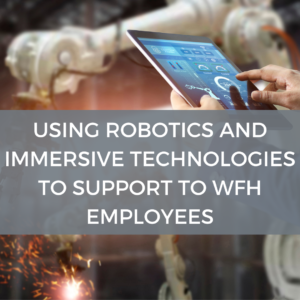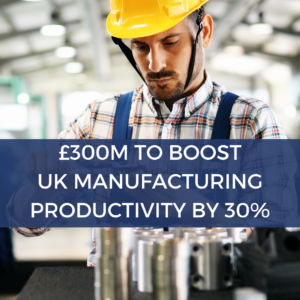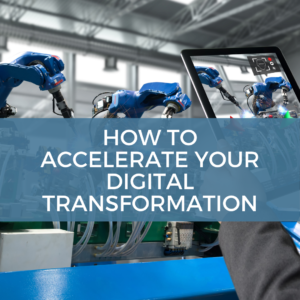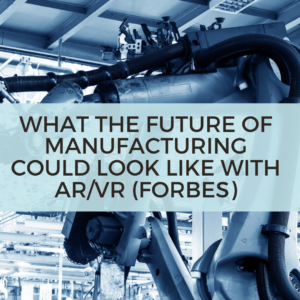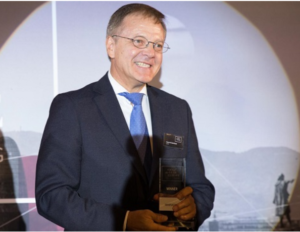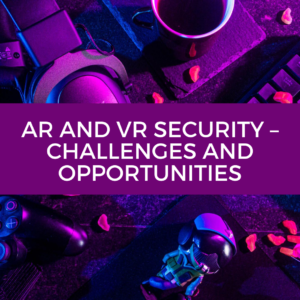November 2019 Barcelona hosted the first gala for the CIO of the year in Europe organized by IDG Communications. CIOs from eight European countries have made the final list of the continent’s best, being recognized in a variety of categories including diversity, innovation and sustainability. They have received their awards at a luxurious gala dinner.
The CIO of the Year is the most relevant award that Europe’s IT transformation leaders can achieve.
In total, more than 113 CIOs from 17 countries and various industries submitted applications. A panel of CIOs and experienced journalists studied and evaluated each of the entries, until the final list of winners was chosen.
The winner of the CIO of the Year Europe – Large Company category is Åshild Hanne Larsen from Norway, CIO of Equinor. This category recognizes excellence for CIOs working in a business with 999 or more employees.
Congratulating Åshild Hanne Larsen, Wendy Pfeiffer, CIO of Nutanix, declared the value of “combining the adoption of modern enterprise-class technologies at the consumer level. That’s what great IT does: tailor technology for every industry. to meet the operations and business needs of the company ”.
Speaking about Larsen, CIO UK editor and jury member Edward Qualtrough noted that “the initiatives that Åshild and his team are driving are not only transforming the organization almost from top to bottom, but are also enriching the entire technology and business landscape. in Norway and beyond ”.
The recognized finalists in this category have been Fernando Lucero from Iberdrola, Spain, and Carlo Bozzoli, CIO of Enel in Italy.
In the category of European CIO of the Year – Small and Medium Business , the winning CIO was Morten Gade Christensen from Denmark, CIO of Bankdata. Tesco CTO Guus Dekkers praised what he described as “simple and innovative solutions from Bankdata that have gained traction with customers” as well as its “governance model to drive innovation that ensures accountability.”
Morten was closely followed by Marabu CIO Stefan Würtemberger, recognized for the initiatives and work he did with his team in his previous role at Renz.
In the Project of the Year Europe category : Innovation in IT and Business, the CIO of the year in Europe was Víctor de Ávila Rueda, CIO of Sacyr. In reference to the winning project, Pfeiffer highlighted “the concept of collective talent and real-time problem solving by bringing together experts in a somewhat gamified environment. The fact that serious problems are solved is very impressive. ”
The finalists for the category were Emiliano Sorrenti, CIO of Italy’s Aeroporti di Roma, and Chris Zissis, CIO of JLL of EMEA, based in the UK.
In the category Project of the Year in Europe – Diversity in IT and Business , the judges awarded the award to Miao Sung, CIO of Mars in Belgium.
Speaking of Sung, Qualtrough stressed that “in a business leadership role it is no longer enough to recognize that diversity is an important issue for your company. As a Global CIO at Mars, Miao Song has gone far beyond the ‘why’ to the ‘how’ with a series of programs that are helping to balance moving the focus on diversity in your IT organization to a higher level, fostering the talent flow from the technology sector with initiatives that extend beyond IT to other areas of the business, helping to build a more innovative culture and improve employee satisfaction. ”
Piotr Slomianny from the Polish company Miejskie Przedsiebiorstwo Wodociagow i Kanalizacji has been chosen as the CIO of the year for the category of Project of the year Europe: sustainability in IT and business.
Qualtrough said: “Piotr Slomianny, the CIO and CFO of the Municipal Water and Wastewater Company in Wroclaw (MPWiK), and his team have implemented new technologies to reduce water losses and pipe failures while increasing organizational efficiency and customer satisfaction ”.
His vision, he continued, focuses on reducing water losses to 0% by 2040. “Working in collaboration with the private sector, the utility’s SmartFlow technology that reduces water losses is marketed in a way that could have enormous benefits beyond Poland ”, he highlighted.
“As water scarcity affects cities globally, Piotr and MPWiK’s focus on sustainable water management for today’s needs and for future generations’ is enormously remarkable,” he concluded.
Link to Original article in Computerworld
About the CIO of the year in Europe
Europe’s CIO of the Year honors IT and Business heroes as role models and incentives for the next generation. They are CIOs who not only have their central IT under control, but also contribute to the success of the company and capitalize on innovation, diversity and digitization.
For more than 15 years, IDG’s CIO brand has recognized CIO excellence in more than 20 key markets around the world, including Spain.
This event marks the first time that IDG’s CIO brand has recognized CIOs at the pan-European level. The awards are the result of IDG’s collaboration with CIO editors from Germany, Spain, the Netherlands, Sweden, France, Italy, Poland, the Czech Republic, Denmark, Turkey and the Benelux region.
The jury included Fernando Muñoz, Director of the CIO Executive Council in Spain; Mervi Lampinen, IT Director, MSD Sharp & Dohme GmbH; UK CIO editor Edward Qualtrough; Monika Plocke, Head of Banking Technology Software Engineering at Nordea; Wendy Pfeiffer, CIO at Nutanix, Board Director at Qualys and Girls in Tech; Michael Loechle, Chief Information Officer at ABB Power Grid; Araceli García, Director, MBA in Computer Science and Business Technology, IE School of Human Sciences and Technology and Head of the IT Business Partners Group at IAG GBS; and Guus Dekkers, CTO of Tesco.
Speaking about the 2019 CIO Awards, Qualtrough celebrated the “privilege” of working with colleagues from across Europe on this initiative “which has brought together some of the continent’s top CIOs and CTOs”.
“At a time when there are changes to be more introspective, the CIO of the year in Europe is clearly European and recognizes organizations and individuals who tackle some of the biggest challenges on the continent, regardless of whether they are related to sustainability, diversity or innovation, and it really celebrates what it means to be a modern business and technology executive, ”he declared on the stage.
“Meeting the CIO of the Year Jury in Europe is a real achievement, which is why we particularly congratulate our five category leaders and indeed all the shortlisted technology leaders, their teams and the IT ecosystem that supports them. “, it is finished.
